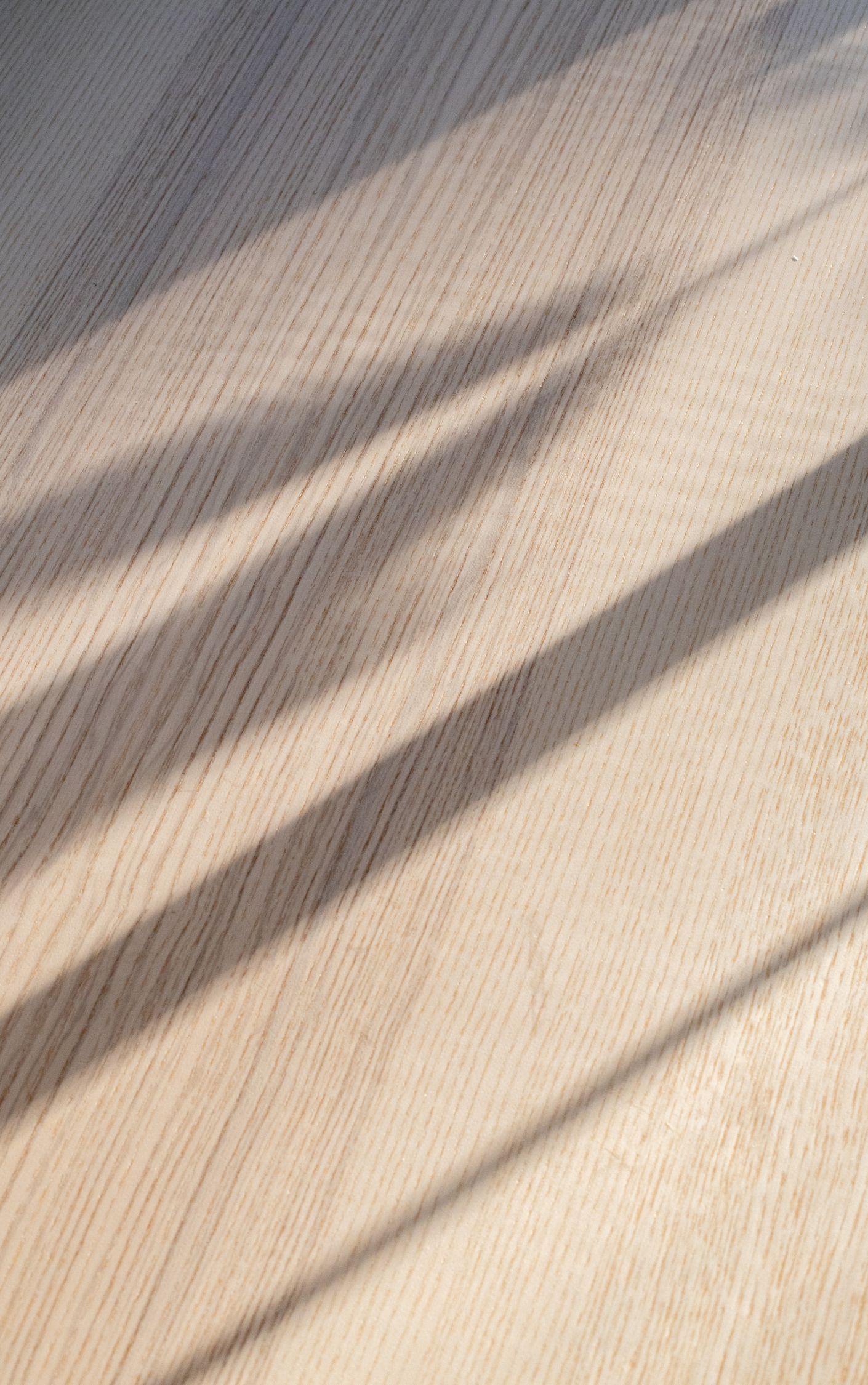Tiling Victoria Floorex
What to do when laminate flooring gets wet?
While laminate flooring is not as susceptible to water damage as solid hardwood, it can still suffer significant damage if exposed to water for any length of time. If your laminate floor gets wet, the most important thing you can do is address the situation immediately.
If water seeps underneath the laminate, the repairs could be costly. Planks can take weeks to dry and will likely never return to their original size or shape, causing your floor to buckle and crack. Water can also cause delamination, meaning the top decorative layer of your floor separates from the fiberboard underneath.
So should you start ripping planks out as soon as water touches them? Not necessarily. Small spills will not damage a properly installed floor as long as they are cleaned up quickly and thoroughly. Dry the affected area with a towel and do everything you can to keep water from reaching the edge of the room (where it can easily slip under the baseboards and be absorbed by the unfinished edges of the planks).
If the spill does reach the edge or if it soaks through the joints in loosely installed planks, you may be able to save most of your floor by using a wet-dry vacuum to remove the water from under the floor. Remove the baseboards in the affected area and suction as much water as possible out of the gap.
If you are able to stop water from being absorbed by the laminate planks, you may not have to remove or replace any of them. This is rare if water makes it under the floor, however, and many homeowners choose to go ahead and pull out the potentially damaged planks to save the rest of the floor.
If your floor was installed as a floating floor, it should be fairly easy to pop out the damaged planks with your fingers or a utility knife. Glued down planks will be a little more difficult to remove, but should still be able to be pried up with basic tools.
If a spill seeps through right in the middle of your floor, it may be more economical to cut out the damaged area with a circular saw. Use a fine finishing blade and cut along the joints to remove only the planks that are likely to have soaked up water. While cutting out planks can be a more difficult repair with click-lock laminate, it is still usually preferable to replacing the entire floor.
Once all damaged planks have been removed, let the area dry completely before replacing them. If you have leftover planks from the original installation (as most homeowners do), you won’t even be able to tell where the damage was after the new planks are installed!
If you need help replacing water-damaged laminate, give the flooring experts at Tiling Victoria a call. Clean up as much water as you can as quickly as you can, then leave the more difficult repair work to us!

Request a quote
Contact Us

